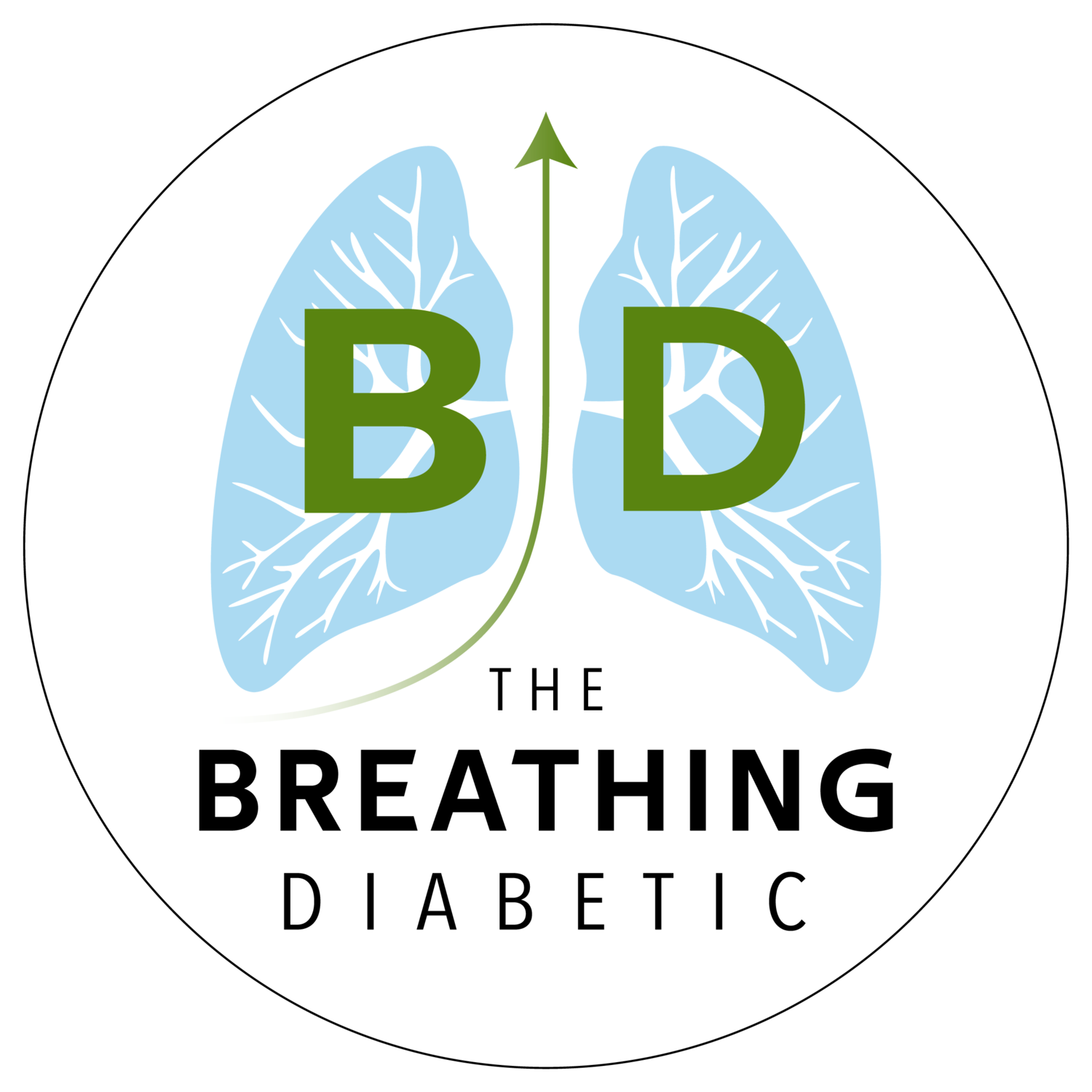Listen to this post:
Welcome back to another issue of The Breathing 411.
Here are 4 thoughts, 1 quote, and 1 answer for the week. Enjoy!
4 Thoughts
1. The Epiphenomena of Breathing
“However, a lightbulb also produces heat. Heat is not the function of the lightbulb, nor is it the reason we originally fashioned it […] It is an unintended by-product of the operation, not the true function. Heat is an epiphenomenon in this case.”
- Matthew Walker, Why We Sleep
Depending on you and your perspective, breathing can have many epiphenomena. For example, you might do a breathing practice to relax. But, as a by-product, it will also improve autonomic and cardiovascular function.
Perhaps your breathing practice is for better sleep. In this case, you’ll still experience the epiphenomena of better insulin sensitivity and better focus.
In fact, optimal breathing has so many “epi-benefits,” it’s hard to keep track. Luckily, you don’t have to. You simply pick one or two reasons that make sense for you, and let the rest happen on its own, like heat from a lightbulb.
Related Quote: “Replace the habit of taking short shallow breaths into the top of the lungs with the practice of taking a full deep breath. Nearly all of the benefits begin with this one simple change.” - Al Lee, Don Campbell, Perfect Breathing
2. The Negative Feedback of Stress in Diabetes, and What We Can Do About It
Diabetes is a chronic stressor. [1]
Chronic stress worsens blood sugar control. [2]
It also reduces HRV, increasing susceptibility to more stress. [3]
This then can increase anxiety. [4]
Leading to more stress and worse blood sugar control. [2]
Which then leads to the subjective feeling of more stress. [1]
It’s a merciless cycle.
Encouragingly, however: “Emerging evidence strongly suggests…that interventions that help individuals prevent or cope with stress can have an important positive effect on quality of life and glycemic control.”
You probably know where this is going : )
Slow breathing immediately helps:
It reduces chronic stress by increasing vagal tone. [5]
It improves both short- and long-term HRV. [6]
It reduces anxiety. [7]
It improves blood sugar control. [8]
The negative feedback loop of stress and diabetes won’t just go away. But slow breathing gives you an effective intervention you can use to help offset its harmful effects and prevent it from getting out of control forever.
Related Quote: “Slow breathing could be a simple beneficial intervention in diabetes.” - Nature Scientific Reports
3. How The Wim Hof Method Works, In 2.5 Minutes
“So what happens when you breathe this way is you stress your body out. […] You control your stress to a specific amount of time so that, for the rest of the day, you can chill out. So that is probably why Wim Hof’s method works so well.”
- James Nestor
Tomorrow is Wim Hof’s birthday. In that spirit, here’s a quick 2.5 minute clip of James Nestor explaining how the WHM works.
Enjoy!
Related: 20 One-Sentence Thoughts on the Wim Hof Method
Related Quote: “I’m not afraid of death, I’m afraid not to have lived fully.” - Wim Hof
4. We Are All Living Nasal Breathers
“All living things on our planet undergo a unescapable and predictable daily change in their environment: Day becomes night. […] To cope with this predictable daily change in light and dark, almost every living organism has developed an internal timing system, or circadian clock.”
- Satchin Panda, PhD, The Circadian Code
In The Circadian Code, we learn that, try as we might, we cannot override our circadian rhythm. Evolution programmed it into us. Trying to fight it with more coffee (talking to myself here) will only hurt us in the long run. We’re much better off aligning with it to achieve our best health outcomes.
This reminded me of a seemingly unrelated, yet similar concept: we’re all nasal breathers. We can optimize our diets, exercise, and so on, but if we don’t breathe how evolution designed us to—through our nose—we’ll never reach our full health potential.
Related: Chronic sinus inflammation appears to alter brain activity
Related Quote: “Around 1500 BCE, the Ebers Papyrus, one of the oldest medical texts ever discovered, offered a description of how nostrils were supposed to feed air to the heart and lungs, not the mouth.” - James Nestor, Breath
1 Quote
“The power of the breath has been used not just to heal, but to attain extraordinary feats that appear to defy laws of physiology. […] With mastery of his breath and his meditative practices, Hof is redefining what is considered physiologically possible for a human.”
- Michael J Stephen, MD, Breath Taking
1 Answer
Answer: Although known as the Ice Man, Wim Hof has also completed a full marathon without water in this desert.
…
(Cue the Jeopardy! music.)
…
Question: What is the Namib Desert?
P.S. Here’s short clip of him walking. He’s mainly nose-breathing, probably to conserve water : )
In good breath,
Nick Heath, T1D, PhD
Diabetes is Tiny. You are Mighty.
Sign Up For The Breathing 411
Each Monday, I curate and synthesize information from scientific journals, books, articles, and podcasts to share 4 thoughts, 1 quote, and 1 answer (like "Jeopardy!") related to breathing. It’s a fun way to learn something new each week.


